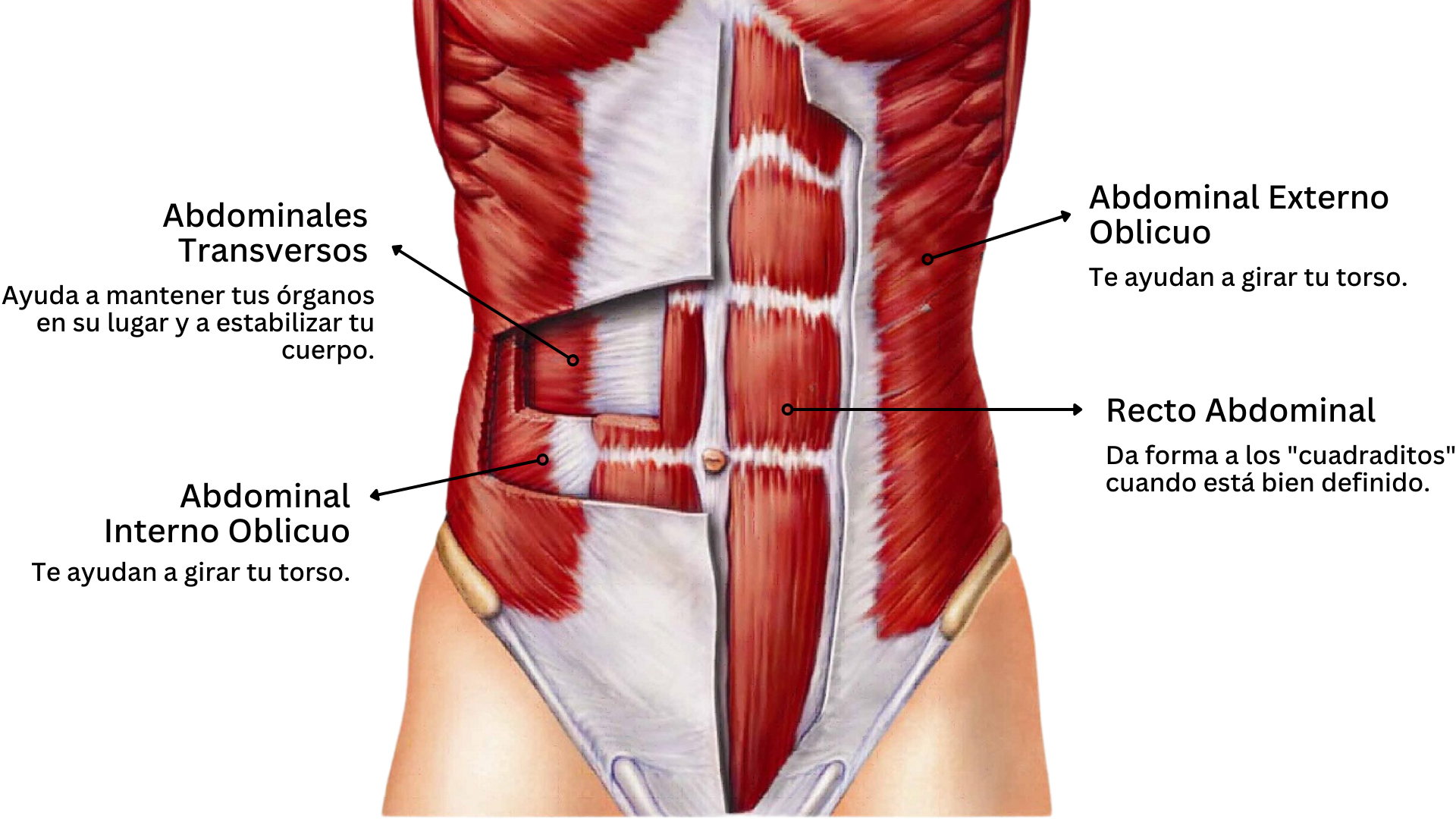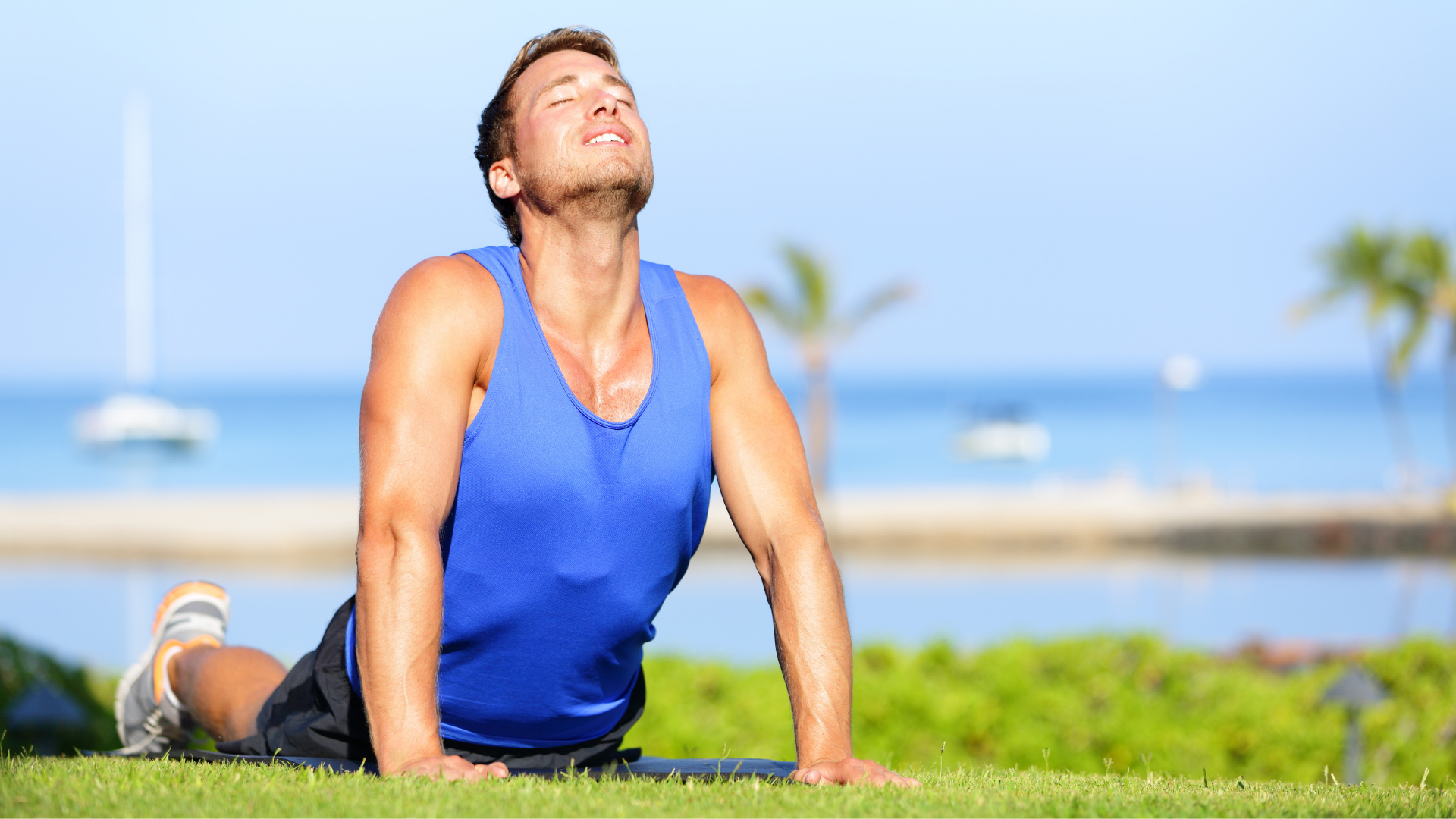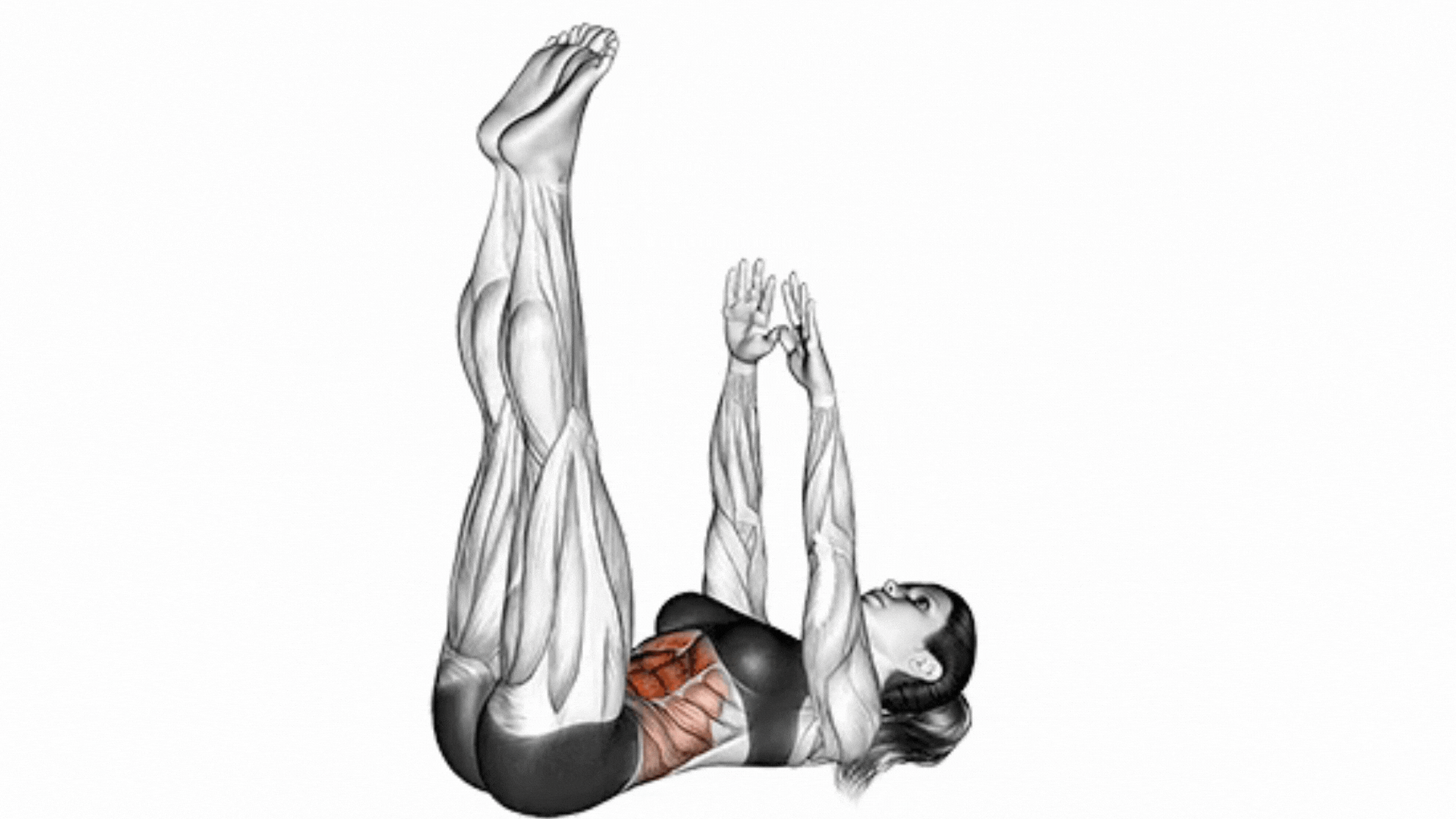Many people train their abdomen at home because it is not necessary to have expensive equipment or luxury gyms to achieve effective results. In this article, we will explore how to tone your abdomen from home , focusing on exercises that cover the different areas of the abdomen. Additionally, we will discuss the importance of performing the movements correctly to avoid back injuries.
The abdominals, also known as abdominal muscles, are a group of muscles found on the front of the human trunk, from the lower chest to the pelvis. These muscles are essential for moving the torso, stabilizing the trunk and maintaining good posture . In addition, they also help protect some internal organs and breathing.
The abdominal muscle group includes several major muscles such as the rectus abdominis, oblique muscles, and transversus abdominis muscles . Strong and toned abs not only contribute to a more aesthetic physical appearance, but can also improve general health and reduce the risk of back injuries, and that is why here we leave you some tips so that you can exercise this muscle group from your home.

How to stretch your abs
As when we train any other muscle group, before starting any abdominal exercise routine, it is crucial to perform an adequate warm-up that includes specific stretches for this area of the body.
Stretching your abs will help prepare your muscles for intense work , reducing the risk of injury and improving flexibility.
A simple but effective stretch is to arch your back backward , keeping your hands on your lower back to provide support:
- Start by lying face down on the floor.
- Place your hands next to your chest with your elbows bent and your palms flat on the floor.
- Slowly push up with your hands and forearms, arching your back and lifting your chest off the floor.
- Hold this position for 20 or 30 seconds, while feeling the stretch in your abdominals, and breathing deeply to increase muscle elongation.
- Make sure to keep your pelvis on the floor and avoid tensing your neck.
- Then slowly lower yourself back to the ground and repeat as necessary.
Always remember to listen to your body and not force the stretch beyond your comfort limit. By helping to lengthen your abdominal muscles and prepare them for exercise, this stretch will allow you to improve the effectiveness of your at-home abdominal routine .

Abdominal routine at home
After having properly prepared your abdominal muscles thanks to stretching, it is time to start with this exercise routine that will help you tone your abs completely. This routine is made up of 2 exercises for each abdominal area, doing a total of 6 exercises with which you will comprehensively train your entire abdomen.
Upper Zone Abs

This area mainly refers to the work of the upper abdominal muscles, especially the rectus abdominis . These are the muscles that are closest to the chest .
Exercises that involve raising the torso towards the legs are the ones that focus the most on this abdominal area. Here you have 2 of them with the step by step:
Bicycle Crunch
Although it is a very complete exercise that works all areas of the abdomen to a greater or lesser extent, the upper area is the one that works most intensely during this exercise. With this exercise you will not only strengthen your abs , but you will also improve core stability and achieve much more defined abs.
- Lie face up on a mat with your hands behind your head, elbows out, and legs raised at a 90-degree angle.
- Raise your shoulders off the floor, contracting your abs, as if you were going to touch your right elbow to your left knee.
- Simultaneously extend your right leg forward, keeping the other leg bent toward your chest.
- Alternate sides bringing your left elbow toward your right knee while extending your left leg.
- Continue alternating pedaling movements, keeping your torso elevated off the ground at all times.
- Perform the exercise in a controlled manner, making sure to contract your abs with each repetition.
- Perform the exercise for the desired time or repetitions.

Vertical Leg Crunch
The vertical leg crunch focuses on the upper abdominals and also the middle ones , so thanks to it, you will develop the strength and definition of that area . It is important that during the exercise, you avoid pulling on the neck and that if at any time you feel tension in the neck, place your hands on the sides or under the buttocks for greater support.
- Lie face up on a mat or comfortable surface.
- Extend your legs vertically upward, perpendicular to the floor, keeping them together.
- Place your hands behind your head, without interlacing your fingers, and make sure your elbows are facing out.
- Raise your shoulders off the floor by contracting your abs, as if you wanted to touch your feet with your hands.
- Exhale as you go up and hold the contraction at the top of the movement for one second.
- Inhale as you slowly lower your torso toward the floor, maintaining control at all times.
- Repeat the movement until completing the series.

Middle zone abdominals

The midsection of the abdomen is located between the upper and lower muscles and includes the oblique muscles and the transversus abdominis muscle. These muscles are crucial for core stability and maintaining good posture .
Exercises in this area typically involve movements that contract these muscles without necessarily moving the torso up or the legs toward the torso, such as planks.
Plank or traditional iron
The traditional plank is an excellent exercise to strengthen your core muscles , including your mid-section abs. With this exercise you will be able to strengthen your core and improve stability , while at the same time toning your abs.
- Start by lying face down on the floor with your forearms resting on the floor and your elbows aligned just below your shoulders.
- Raise your body off the ground, supporting yourself on your forearms and the balls of your feet.
- Keep your body in a straight line from head to heels, preventing your hips from sinking or rising too much.
- Contracting your abdominal and core muscles, hold this position for the desired amount of time, maintaining controlled breathing.
- Avoid arching your back or letting your shoulders slump forward. Maintain a stable and aligned position at all times.
- If necessary, modify the position by leaning on your knees instead of your feet to reduce the intensity of the exercise.
For any type of plank, it is best to start by holding it for at least 20 or 30 seconds and gradually increase that time as you gain strength and endurance.

Plank with Leg Raise
The leg raise plank is an advanced variation of the traditional plank , used to strengthen the mid-abdominal muscles . By following these steps, you will be able to perform the plank with leg raises effectively and safely, working both your core and muscle stability.
- Start in a high plank position with your arms extended and hands placed directly under your shoulders.
- Make sure your body is in a straight line from head to heels, and that your abdomen is contracted.
- Lift one leg off the ground, keeping your hips level and your body stable.
- Hold this position for several seconds, making sure to maintain proper stability and alignment.
- Lower your leg in a controlled manner and repeat the movement with the other leg.
- Alternate lifting each leg throughout the set.

Lower zone abdominals

This area includes the lower abdominal muscles , which are closest to the pelvis.
Lower abdominal exercises involve lifting your legs or pelvis toward your torso, putting pressure on these muscles.
Leg Raises
This exercise is very effective for working the lower abdominal muscles and also involves the muscles of the middle abdomen. Maintain good technique during the exercise, avoiding momentum and paying attention to your breathing during the movement:
- Lie face up on a mat or comfortable surface.
- Extend your legs up, keeping them together and perpendicular to the floor.
- Place your hands under your buttocks or on the sides of your body for added support and stability.
- Using your abdominal muscles, slowly raise your legs toward the ceiling, keeping your knees slightly bent if necessary.
- Exhale as you raise your legs and hold the contraction at the top of the movement for one second.
- Inhale as you slowly lower your legs down, maintaining control at all times and preventing them from touching the floor.
- Repeat the movement to complete the series, maintaining proper technique at all times.

Mountain Climbers
This dynamic exercise involves several muscle groups such as the lower abdominals, trunk muscles or arms. They are excellent for raising heart rate, improving cardiovascular endurance and strengthening core muscles . With this full-body exercise you'll burn calories and improve your overall fitness while chipping away at your abs.
- Start in a high plank position with your arms extended and hands placed directly under your shoulders. Keep your body in a straight line from head to heels.
- Contract your abdominal muscles and bring one knee toward your chest, keeping the other foot extended behind you.
- Quickly alternate legs, bringing the opposite knee toward your chest while extending the other leg back.
- Maintain a steady, fluid pace, as if you were running in place in a plank position.
- Continue alternating legs for the desired time or desired number of repetitions.

The keys to doing abdominal exercises without damaging your back
Although abdominal exercises are effective for toning the abdomen, it is essential to perform them correctly to avoid back injuries . Here are some important guidelines to follow:
- Maintain good postural alignment throughout the exercise, avoiding arching your back or straining your neck.
- Breathe appropriately , inhaling during the relaxation phase and exhaling during muscle contraction.
- Do not exceed the number of repetitions . It is better to perform fewer repetitions with proper technique than many repetitions with poor form.
- Listen to your body and stop if you feel sharp pain or discomfort in your back.
Toning and strengthening the abdomen from home is simple, you can do it without the need for specialized equipment or by adding some weight to the abdominal exercises, for example through discs , weights or dumbbells . You can also increase the intensity of the exercises with more complex machines such as pulleys , pull-up racks or bars , Roman chairs or even specialized abdominal machines .
Always remember to pay attention to technique and listen to your body to avoid injuries. Stop wondering how you can have abs and start working on them!

